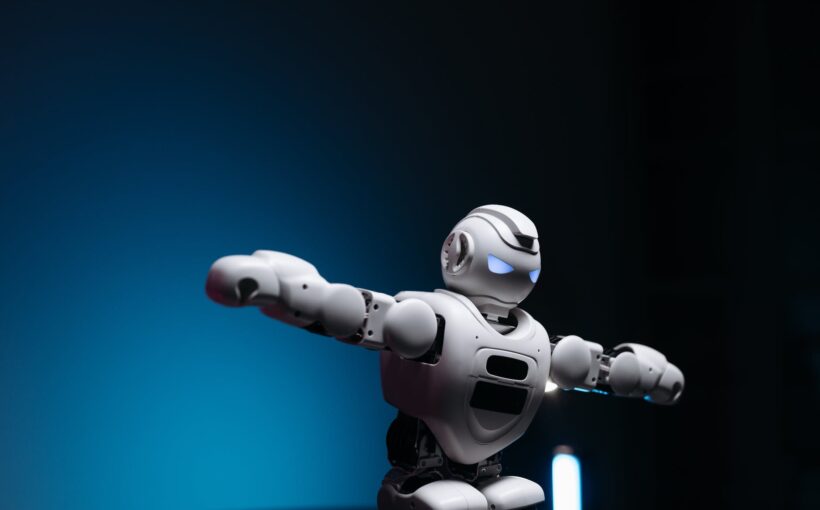Two recent collaborations between mathematicians and DeepMind demonstrate the potential of machine learning to help researchers generate new mathematical conjectures.
Copyright: quantamagazine.org – “Machine Learning Becomes a Mathematical Collaborator”

But in two new results, the role of human collaborator has been replaced in part by a machine. The papers were completed at the end of November and summarized in a recent Nature article.
“The things that I love about mathematics are its intuitive and creative aspects,” said Geordie Williamson, a mathematician at the University of Sydney and co-author of one of the papers. “The [machine learning] models were supporting that in a way that I hadn’t felt from computers before.”
Two separate groups of mathematicians worked alongside DeepMind, a branch of Alphabet, Google’s parent company, dedicated to the development of advanced artificial intelligence systems.
András Juhász and Marc Lackenby of the University of Oxford taught DeepMind’s machine learning models to look for patterns in geometric objects called knots. The models detected connections that Juhász and Lackenby elaborated to bridge two areas of knot theory that mathematicians had long speculated should be related. In separate work, Williamson used machine learning to refine an old conjecture that connects graphs and polynomials.
Computers have aided in mathematical research for years, as proof assistants that make sure the logical steps in a proof really work and as brute force tools that can chew through huge amounts of data to search for counterexamples to conjectures.
The new work represents a different form of human-machine collaboration. It demonstrates that by selectively incorporating machine learning into the generative phase of research, mathematicians can uncover leads that might have been hard to find without machine assistance.
Source: SwissCognitive



